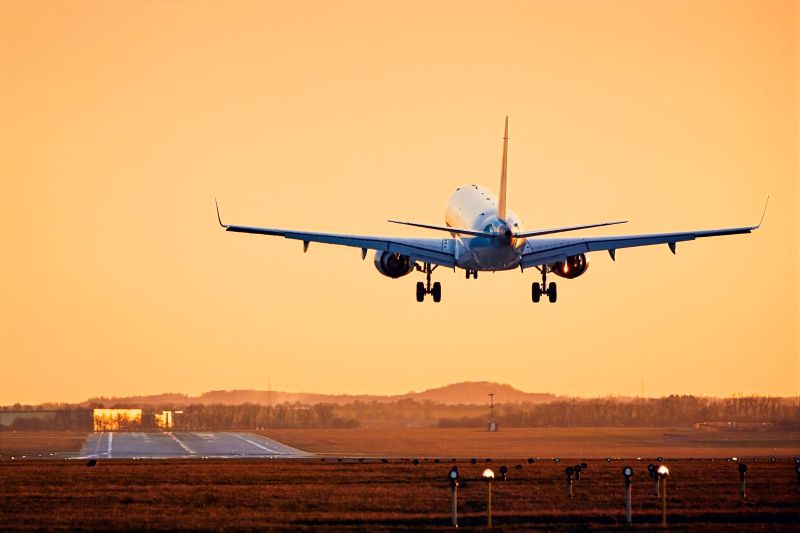The FAA announced Wednesday it will cut air traffic by 10 percent in 40 high-volume markets starting Friday to ensure safety during the government shutdown.
This reduction could affect thousands of flights nationwide, as the FAA manages over 44,000 daily flights.
Since Oct. 1, air traffic controllers have worked without pay during the shutdown. Staff shortages from callouts have caused flight delays across multiple U.S. airports. Citing growing staffing pressures, FAA Administrator Bryan Bedford said the agency would not wait for a crisis to act
“We can’t ignore it,” he told the Associated Press.
Bedford and Transportation Secretary Duffy will meet with airline executives Wednesday to plan the safe flight reduction implementation. They’ll release the affected markets list Thursday, declining to name them beforehand.
The FAA restricts flights during weather issues or staff shortages when other facilities can’t compensate, but last weekend’s controller shortage was among the worst of the shutdown, which officially became the longest in U.S. history on Nov. 5.
Between last Friday and Sunday evening, at least 39 air traffic control facilities reported potential staffing limitations, according to AP’s analysis of command center operations plans. This count, likely understated, significantly exceeds pre-shutdown weekend averages.
Before the October shutdown, for example, weekend staffing concerns were relatively modest—just 8.3 facilities typically reported potential issues between January and September. Fast-forward to post-shutdown, and there is a dramatic surge to 26.2 facilities facing staffing challenges across five weekend periods, more than triple the previous average.
While major airlines, aviation unions and the wider travel industry have urged Congress to end the shutdown, most controllers have continued to work mandatory overtime six days a week during the shutdown, leaving little time for a side job to help cover bills, mortgage payments and other expenses—unless they call out.
Duffy’s Wednesday announcement followed his prior warning that prolonged shutdown could cause airspace chaos next week if controllers miss Tuesday’s paychecks, their second.
Duffy said the FAA wanted to take a proactive approach instead of reacting after a disaster, pointing to the deadly mid-air collision in January between a commercial jet and a military helicopter near Ronald Reagan Washington National Airport—a clear case of miscommunication between the helicopter pilot and controllers.
“We learned from that. And so now we look at data, and before it would become an issue, we try to assess the pressure and try to make moves before there could be adverse consequences,” Duffy said. “And that’s what’s happening here today.”
You May Also Be Interested In…
Govt. Says U.S. Aviation Will Shut Down if Danger Rises












